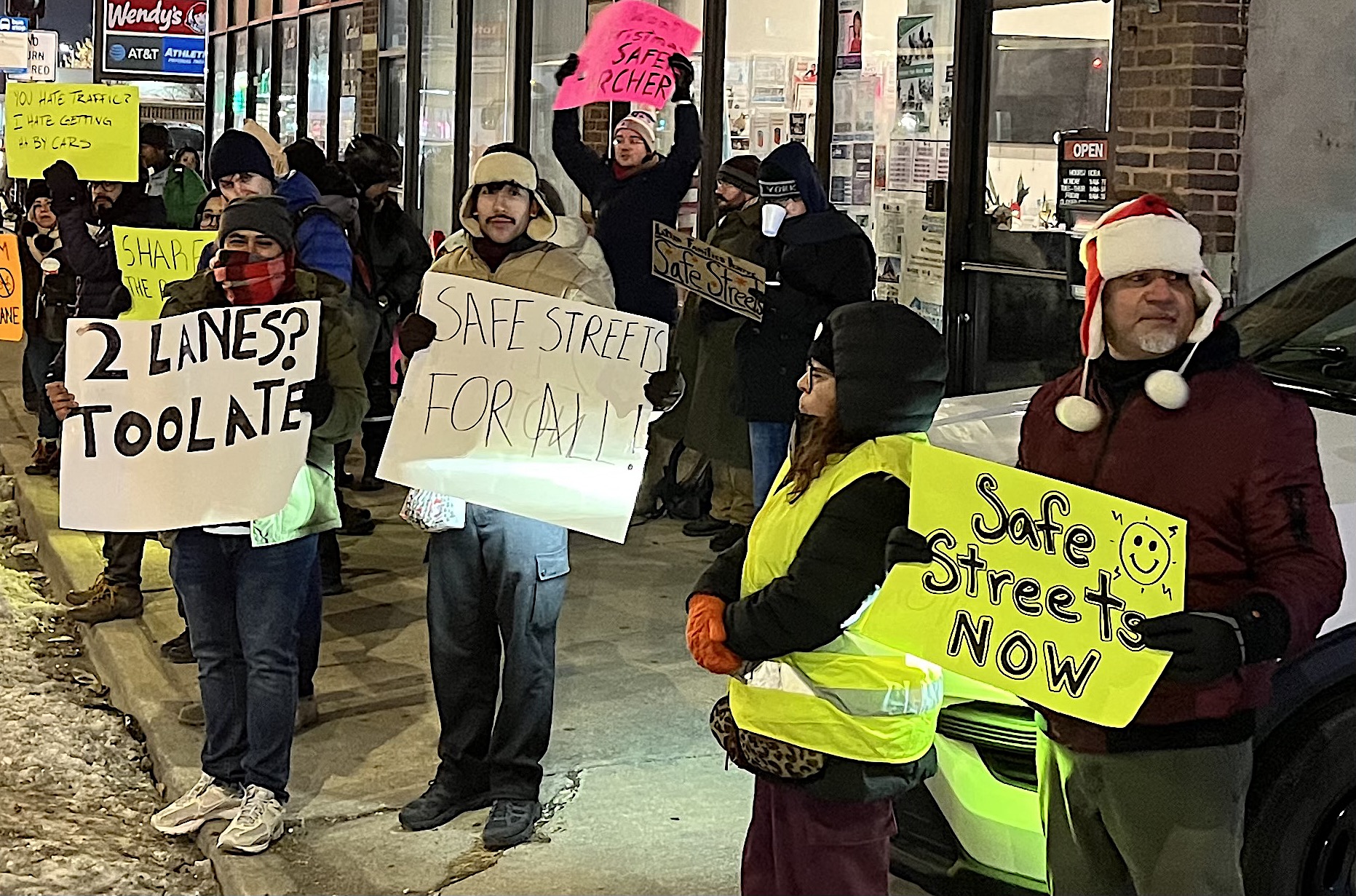Seattle's bike-share system, Pronto, is in trouble. Pronto is currently run as a private non-profit, but to continue operations, it needs a $1.4 million injection of city funds by the end of March, Tom Fucoloro at Seattle Bike Blog reports.

The system's ridership has not met projections -- in a city with a mandatory helmet law, that's not very surprising. Fucoloro says $1.4 million might be worth it as a one-time cost, but the bigger question is, what happens after that?
In a post last week, Fucoloro identified a few changes, in addition to scrapping the helmet law, that would help get Pronto back on track:
The ultimate way to increase success is to expand the system to increase the network and the number of destinations it connects. The city is currently developing an expansion plan with hopes to launch it in 2017...
The most popular stations in the system today are in the Center City service area, but people must be willing to bike mixed with busy traffic in order to use them. And there are only so many people who are ever going to find that appealing.
But there’s a clear answer to this problem: Build the planned Center City Bike Network.
When the city opened the 2nd Ave protected bike lane in 2014, it was intended to be a demonstration project so SDOT staff could work out design kinks and people downtown could get used to the concept of a more modern and more comfortable bike lane. But the plan was to follow-up and connect the pilot bike lane to other bike routes to and through downtown. Yet it is now 2016, and there have been no new bike lanes downtown since.
Elsewhere on the Network today: Greater Greater Washington shares a great visual illustrating just how much space is devoted to parking at the Capitol. The Bicycle Coalition of Greater Philadelphia reports that the city's new mayor is committing to Vision Zero street safety goals. And Steven Can Plan compares the process of changing streets in American cities to the process in Dutch cities.




